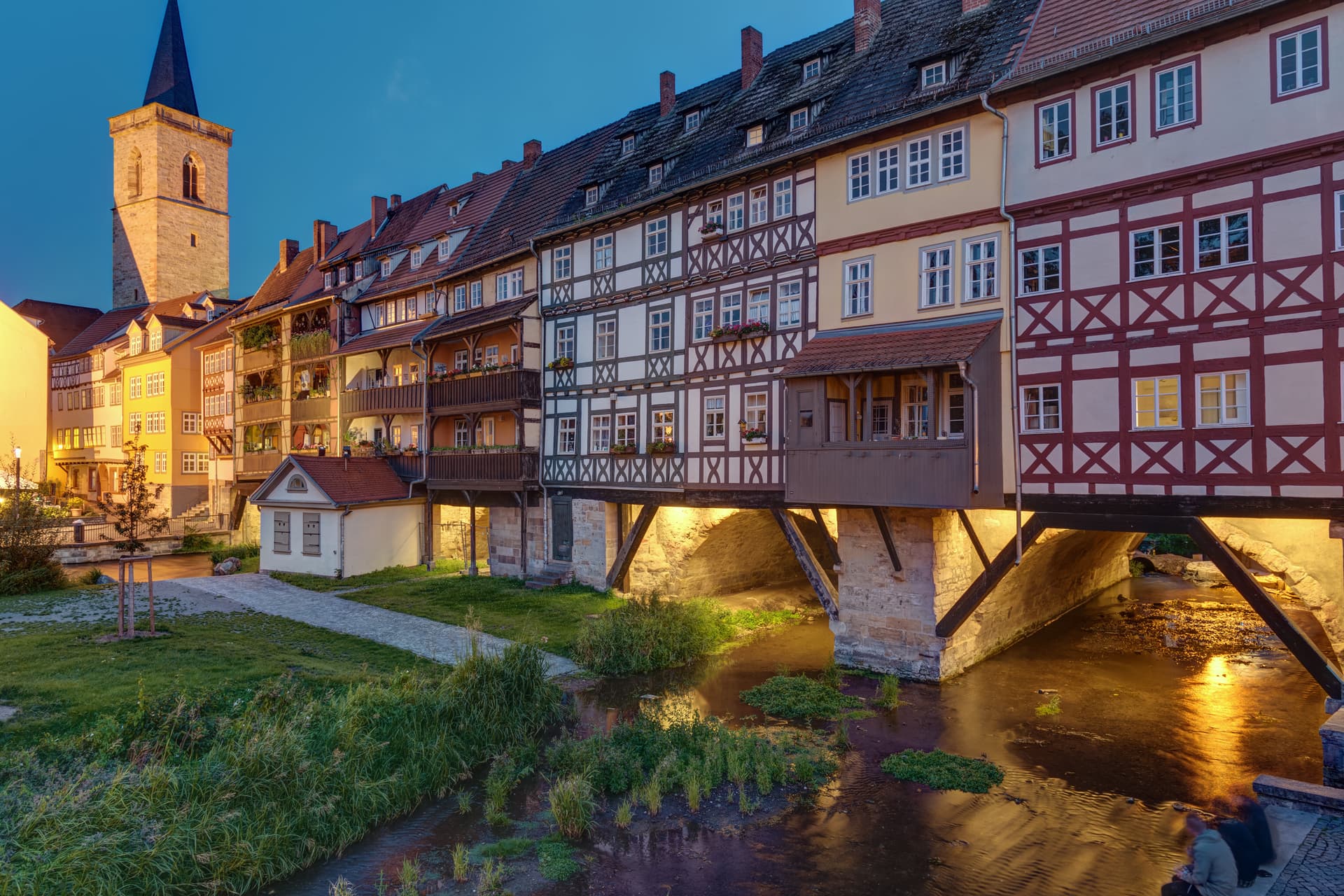Residential real estate – how much room for growth is left?

02.
November 2021
Residential investments will remain attractive in future, as the ACCENTRO Homeownership Report and the forecast by immo.analytics GmbH for 2023 have recently confirmed.
The ACCENTRO Homeownership Report 2021
Now in its fourteenth edition, the ACCENTRO Homeownership Report 2021 was published by ACCENTRO Real Estate AG in collaboration with the German Economic Institute (IW). This latest report reveals that revenues from apartment sales continued to go up in 2020. The analysis is based on residential property sales transacted in Germany’s 81 major cities during the year of 2020. The research team of Prof. Dr. Michael Voigtländer, head of the competence unit for financial markets and real estate markets at the IW, also analysed the estimated costs of the energy efficiency measures.
Overall, revenues from apartment sales in 2020 increased by 3.3 percent. This positive development is attributable to the general upward trend in selling prices. The fastest growth in revenues was registered in the mid-size cities of Jena (69.3 percent) and Osnabrück (65 percent). The cities of Oldenburg, Heidelberg and Remscheid are also among the top 5.
In fact, one thing the report reveals is that mid-size cities are generally more interesting for buy-to-let investors than others: The top 10 list includes not a single metropolis, but quite a number of mid-size cities in East Germany, among them Halle (Saale), Chemnitz, Gera or Rostock. The greatest increase in sales (plus 702) was registered in Leipzig.
Lars Schriewer, the CEO of ACCENTRO, believes that this trend is explained by the sound economic conditions and the low entry price level. The lack of development land and available ownership apartments in the major cities also makes mid-size cities and the metropolitan suburbs more attractive.
Overall, the number of apartments sold in Germany’s 81 cities in 2020 totalled 123,299 and thus trailed the prior-year total by 5,627. The cities with the highest number of apartment sales were Berlin (16,473), Munich (9,845) and Hamburg (6,195). The metropolises of Cologne, Frankfurt am Main and Stuttgart placed fourth, fifth, and sixth in the ranking, respectively.
Real estate investments remain attractive despite coronavirus crisis
Generally speaking, the findings highlight the stable situation on the German housing market. Despite the ongoing coronavirus pandemic, the number of cities in which more than 1,000 apartments changed hands remained virtually unchanged. The reason for this is the grown significance that the private home has attained during the crisis, as Prof. Dr. Michael Voigtländer explained.
At the same time, the rising prices of homeownership apartments more than made up for the not insignificant drop in apartment sales, according the Lars Schriewer, the CEO of ACCENTRO.
Real estate investments remain a lucrative business proposition, as is suggested by the unchecked growth in revenues in all of the 81 German cities in 2020 despite the overall decline in transactions. The average price of an ownership apartment increased by 10.2 percent to 225,242 euros. At 10.8 percent, the growth in the “Big 7” cities was even faster, and selling prices higher with an average of 429,007 euros.
The capital appreciation forecast by immo.analytics
The capital appreciation forecast compiled by immo.analytics covers all postcode districts to determine the areas likely to see the fastest growth in real estate prices. The company’s calculations take societal trends and seasonal effects into account, among other parameters. The forecast draws on data available in the QUIS information system on residential quarters, a software solution for evaluating locations that is continuously upgraded by housing market experts Bettina Harms-Goldt and Matthias Klupp. QUIS is able to retrieve analyses and insights on 2.2 million residential quarters and on more than 650,000 residential listings in a matter of seconds.
Based on the forecasts compiled, particularly brisk capital appreciation rates were predicted for the Bavarian rural district of Freyung-Grafenau in Bavaria (plus 16.3 percent), for the Franconian city of Hof (12.7 percent) and for the town of Altenkirchen in Rhineland-Palatinate (14.5 percent). As far as major cities go, northern German cities are particularly quick to catch up: Lübeck takes the lead with a growth rate of 12.1 percent, ahead of Bremerhaven with 10.8 percent growth and Hamburg with 7.5 percent. The east German city of Leipzig is also predicted to experience an appreciation rate of no less than 12 percent.
Conversely, the most drastic impairments are projected for the rural districts of Saalfeld-Rudolstadt (minus 10.2 percent), Spree-Neisse-Kreis (minus 8.5 percent) and Saale-Orla-Kreis (minus 8.4 percent).
Capital appreciation rates between 8 percent and 12 percent are predicted for the major cities of Munich, Frankfurt am Main, Cologne, Wiesbaden, Stuttgart and Karlsruhe. The growth forecast for Berlin is a robust 9.7 percent.